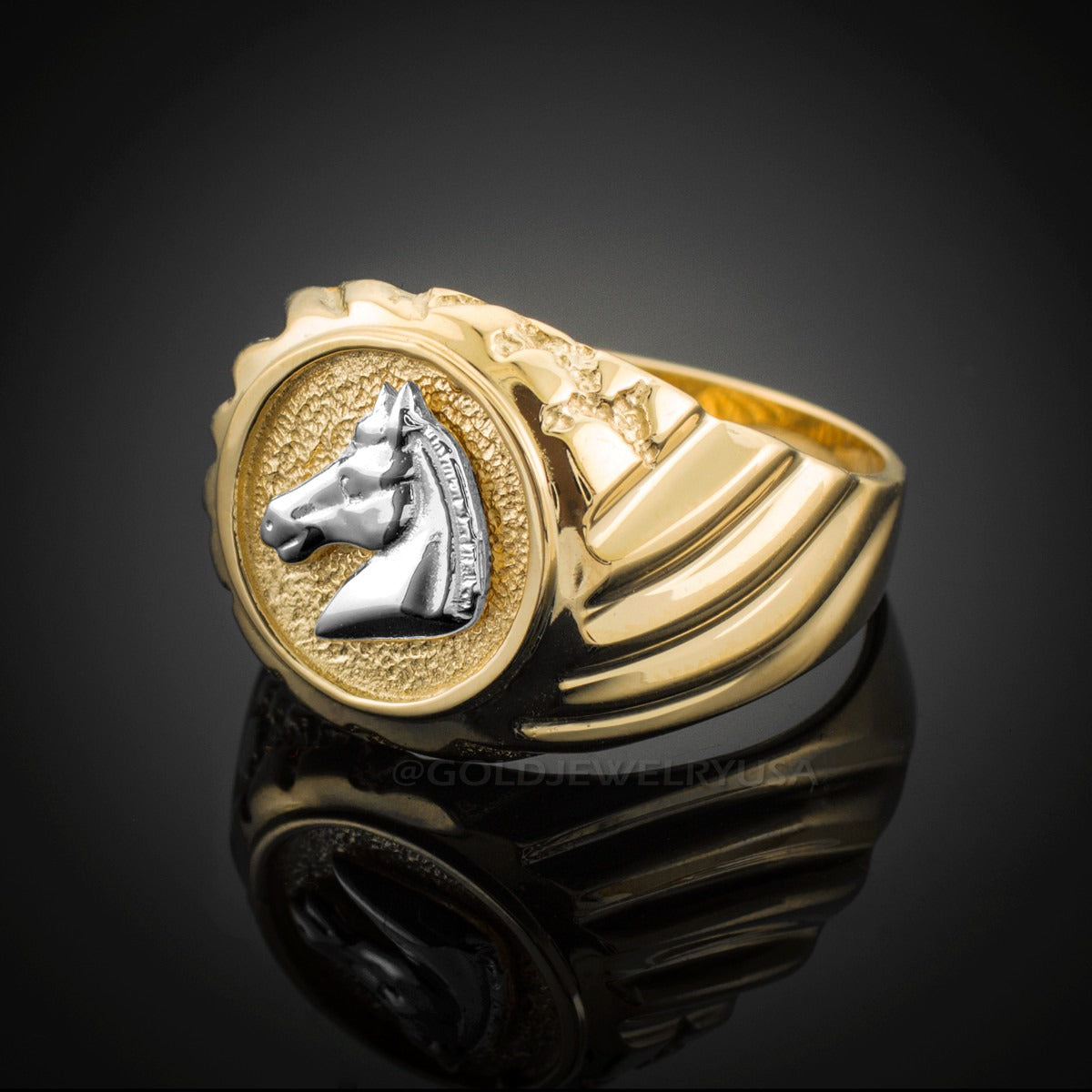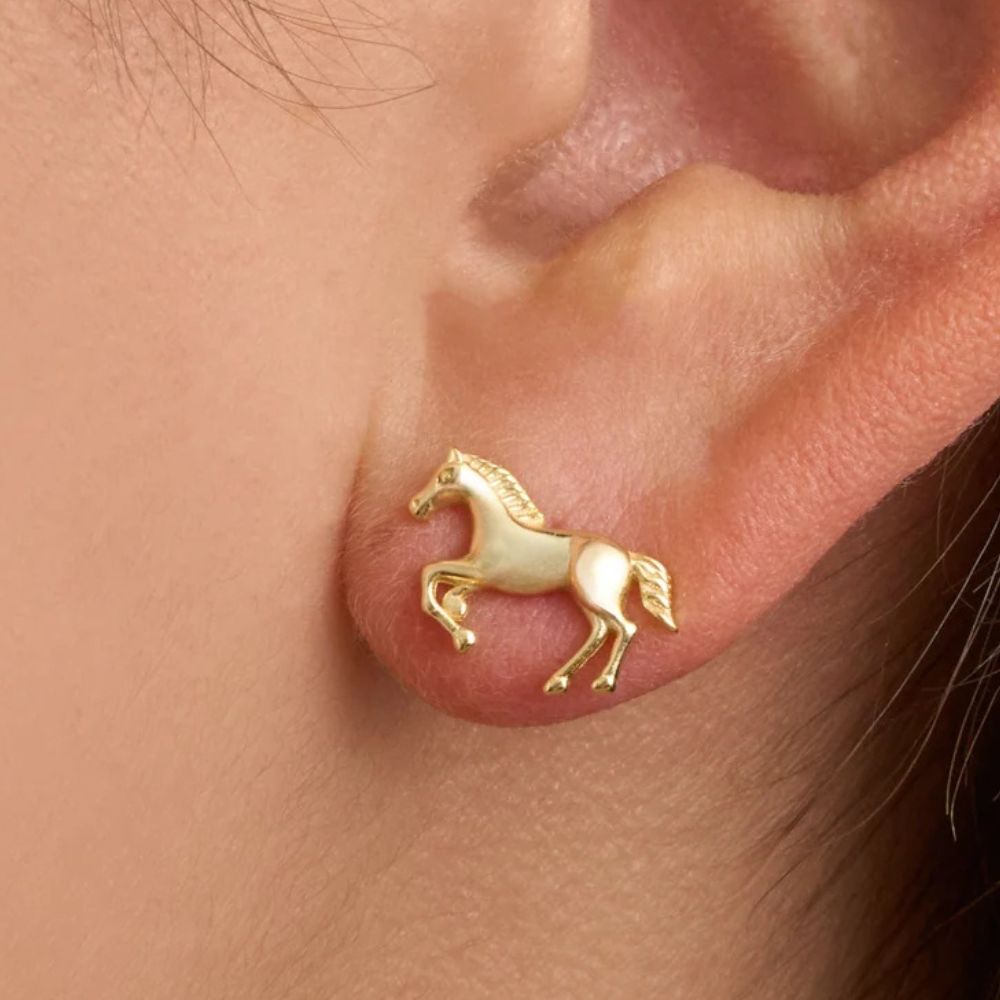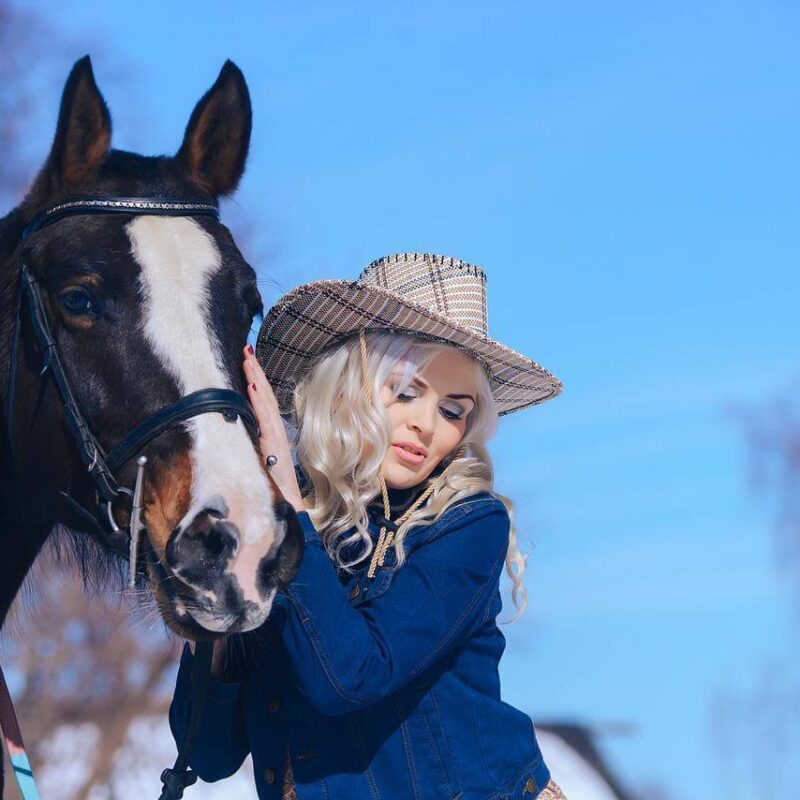
Can Horses Have Watermelon Rinds? Safe Treat Tips Inside
Imagine a hot summer day, the sun warming the paddock, and your horse watching you with big eyes, almost asking for a bite of your watermelon slice. Have you ever wondered if you can share even the watermelon rind with him? 🤔 The answer is yes, but with some important precautions. Let’s explore everything you need to know to turn this summer fruit into a safe treat for your four-legged friend.
Watermelon Rind: Safe or Not?
The watermelon rind is technically safe for horses, as long as it’s offered with care. Unlike the juicy flesh, which is a refreshing snack, the rind is tougher and more fibrous. That doesn’t make it toxic, but it does require some caution to prevent risks.
First, make sure the rind is thoroughly washed to remove any pesticide residues or chemical traces. Then, cut it into small pieces to make chewing and digestion easier. Remember, horses aren’t used to eating large amounts of insoluble fiber, so moderation is key.
How to Prepare Watermelon Rind for Your Horse
Feeding your horse watermelon rind isn’t complicated, but it requires a bit of care. Here are some simple steps to ensure it’s a safe and pleasant experience:
-
Wash the rind thoroughly to remove dirt and chemical residues.
-
Cut the rind into small pieces, avoiding parts that are too thick or hard.
-
Offer it as part of a balanced diet, not as a substitute for hay or forage.
Which Parts of the Watermelon to Avoid
While the flesh and rind are generally safe, some parts of the watermelon are best avoided. The seeds, for example, aren’t toxic but can cause digestive problems if eaten in large quantities. If your horse accidentally swallows a few, there’s no need to panic — but it’s better to remove them beforehand. Also, avoid rotten or moldy pieces, as they could contain harmful toxins.
Benefits of Watermelon for Horses
Besides being a refreshing treat, watermelon offers some nutritional benefits. The flesh is rich in water, perfect for keeping your horse hydrated during hot weather. It also contains vitamins A and C, which support the immune system and skin health. The rind, though less nutritious, provides a small amount of fiber, helpful for digestion.
However, remember that watermelon should never replace essential feeds like hay or concentrate.
Risks and Precautions
Even though watermelon rind is generally safe, it’s important to be aware of potential risks. The rind’s tough and fibrous texture can cause chewing or digestive issues if given in large or thick pieces. Additionally, some horses may be sensitive to dietary changes, so it’s best to introduce the rind gradually.
Watch your horse closely after offering it to ensure there are no signs of discomfort, such as colic or difficulty passing stool.
Alternatives to Watermelon Rind
If your horse doesn’t seem to enjoy watermelon rind, there are many other safe treats you can offer. Fruits like apples, bananas, and carrots are always popular, as long as they’re given in moderation.
You can also try vegetables like zucchini or cucumbers, which make excellent summer alternatives. Always remember to wash and cut all treats properly to ensure your horse’s safety.
A Special Treat for Your Equine Friend
Sharing a slice of watermelon — rind included — can be a fun way to bond with your horse. Watching his curious eyes as he tastes something new is a heartwarming moment. With the right precautions, you can turn this summer fruit into a safe and delightful treat for your four-legged companion. 🐴💕
Conclusion: Share with Love and Care
Next time you enjoy a juicy slice of watermelon, don’t forget to share a bit with your horse. The watermelon rind, when properly prepared, can be a safe and refreshing treat. Just remember to wash, cut, and serve it in moderation, always watching how your horse reacts.
After all, the best part is seeing that happy, satisfied look on his face as he enjoys something special — like a four-legged summer dream. 🌟






















